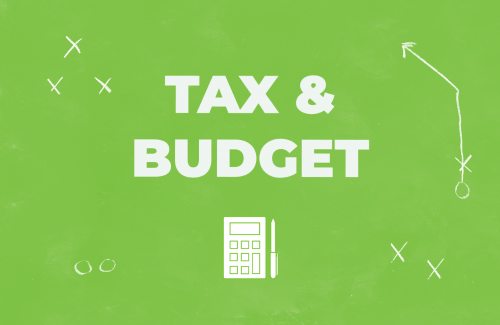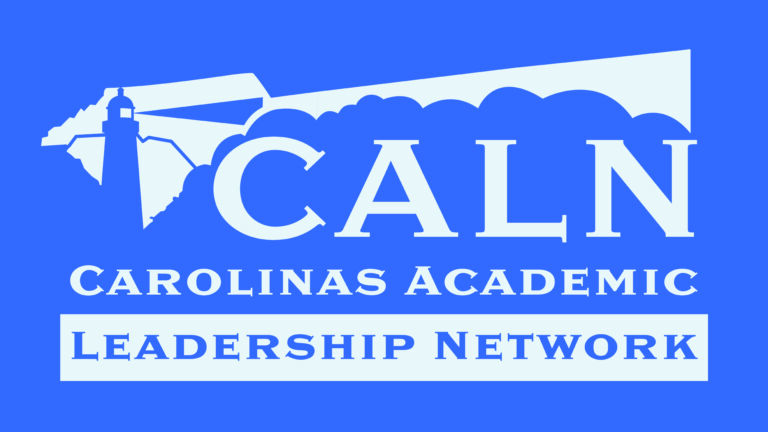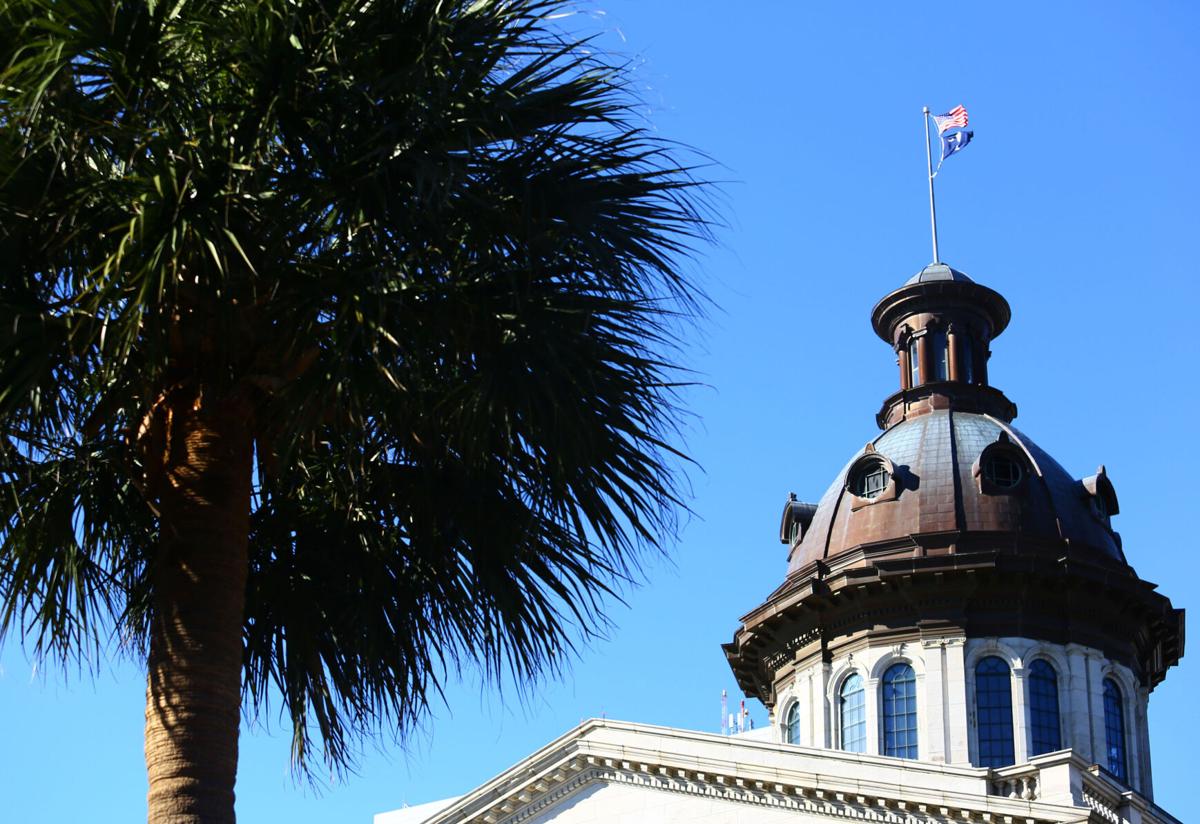A Tax & Budget Agenda
Tax Low + Spend Smart = Jobs & Growth
These recommendations are drawn from the Palmetto Promise Playbook report. You can view our policy agenda for other issues by clicking below.
Education | Energy | Healthcare | Work, Justice, & Quality of Life
TAX REFORM & FAIRNESS
- Implement the findings of the comprehensive analysis conducted by Palmetto Promise Institute to make our tax code fairer to all citizens and more competitive versus our neighbor states to grow economic development and jobs. Our own Funding South Carolina’s Future nailed it. To compete with the other Carolina, this Carolina must get each of the legs of the three-legged stool of taxes right:
- Cut the personal income tax rate, currently the highest in the Southeast. A majority of South Carolina citizens do not file a tax return. But for those who do, the highest rate (7%) is not competitive with our neighbors (North Carolina’s highest rate is 5.25% and Georgia’s is 5.75%). SC’s top rate kicks in at just $15,400! Ad hoc committees have met and studied. We know what we must do. Now that legislation needs to move.
- Reduce sales tax exemptions and cut the sales tax rate in half at the state and local level. Henry McMaster campaigned for Governor in 2010 and 2018 calling for a lower, broader taxation. This is correct policy. Our economy has changed dramatically since our tax code was written (and it has been amended piecemeal). To restore balance, as a matter of policy, we must account for the shift from an economy based on the sale of goods to one based on the sale of services. The General Assembly should also resist well-meaning efforts to reward service to the state with a hodgepodge of tax breaks. (The legislature creates new carve outs each session. This is a recipe for disaster.)
- Update incomplete property tax data and outline a strategy to reduce rates and increase fairness. Property tax reform may need to travel separately from income tax and sales reforms, but all three legs of the tax stool must be functional. The state Revenue & Fiscal Affairs Office (RFA) has improved its presentation of data in recent years, but much work remains to develop an accurate evaluation process for all properties. Good policy starts with good data.
- Resist efforts to create more “penny” sales taxes imposed at the local level that have questionable accountability and throw our tax system out of balance. The worst case is the Richland County transportation program, where the Department of Revenue (DOR) has audited spending to May, 2018 so far, but has already found $32.5 million misspent. According to the Post & Courier, the program (which passed in a referendum in 2012) paid $20 million in duplicative pay to project managers, $1 million in public relations, $800,000 in legal fees and $89,000 for a mentorship program—all not allowed under the authorizing legislation. DOR also discovered that the program paid $17 million for only $11 million in wetlands mitigation credits. Millions of dollars meant for roads were funneled to coffee and public relations firms. DOR has ordered the county to reimburse the transportation fund for the misspent dollars, but a majority on county council has the temerity to defend its waste and abuse. A showdown is coming.
- Cut the corporate tax rate and reduce our reliance on one-off deals that don’t hold businesses accountable to actually create jobs in return for tax breaks. Our corporate tax rate is 5%. The Tarheel Carolina’s is 2.5%. Also, government should not insert itself into economic development activities and the marketplace to unfairly pick winners and losers.
- Keep an eye on debt service costs. One calculation of a state’s fiscal responsibility is its debt payments as a percentage of its tax receipts or total receipts. South Carolina (state and local combined) pays more on debts as a ratio to total receipts than our neighbors.
- Keep the estate tax at $0. Keeping a good policy is also a recommendation. Some South Carolina policies are already conducive to an economy that protects wealth so that it can fuel economic expansion. One of these is the estate tax rate. The South Carolina rate is 0%, which is already drawing wealth here. According to How Money Walks, IRS tax data for 1992-2018 shows that South Carolina gained $28.47 billion of wealth from other states. The top dollar travelers into the Palmetto State were $3.78 billion (New York), $2.97 billion (North Carolina), $2.65 billion (New Jersey), $2.19 billion (Pennsylvania) and $2.00 billion (Ohio). The counties enjoying most of this infusion are: Charleston, Greenville, Beaufort, and Horry.
- Protect “pass-through” businesses. Pass-through businesses (for example sole proprietorships, S corporations, and partnerships) pay their taxes through the tax return of the owner of the business. Nearly one out of every two businesses is a pass-through business. South Carolina doesn’t have as high a percentage of pass-through businesses as some states, but according to the Tax Foundation, though rates nationally are within a tight range, we are among the higher taxers of pass-through businesses.
CAPITAL PROJECTS
- Refuse to pass a bond bill for unnecessary higher education arms race building projects. No one who has darkened the door of the Statehouse in recent years will have missed hearing that “we need to borrow and build buildings now while money is cheap.” Fortunately, higher ed and other bonds bills have been rare and unpopular in recent years, particularly on the Senate side (no bill since 2000). An attempt by some in the House to pass such spending as a part of the state budget failed a few years ago as well. That rebellion was made possible by a modicum of budget transparency. But the high-end (and low-end) structures continue to sprout on state college campuses using other funding mechanisms. Higher Ed’s business model is broken, and trendy brick and mortar buildings on college campuses matter less and less in a post-COVID 19 South Carolina.
- Consolidate facilities and actually sell surplus real estate holdings as recommended by the MAP Commission. The Commission on Management, Accountability and Performance (MAP) held its last meeting over a decade ago when the internet was young and state employee telecommuting was nearly impossible. But smaller, more flexible workspaces are now trending, accelerated in the private sector by COVID. Government is shifting online as well. It is the time to reduce state real estate holdings.
MISCELLANEOUS COMMON SENSE
- Freeze state government hiring by executive order. Several South Carolina municipalities, counties, and universities have enacted freezes, as have other states. The state government should take this step as well and keep it in place until the fiscal outlook is clearer—at least until June 30, 2021. Public safety and medical positions could be excepted.
- Offer early retirements to cut state government expenses. At least one university in South Carolina took action earlier than any other, demanding that reductions in costs be implemented in the summer to the level of the projected drop in its fall 2020 enrollment. With that plan in place with state Human Resources, other agencies should follow.
- Restart government modernization and restructuring begun under the MAP Commission to save money and increase efficiency. Several state agencies and boards are overdue for merger or restructuring, like Juvenile Justice (DJJ) with Probation, Pardon and Parole (PPP). Wil Lou Gray and John de la Howe could be combined under one board at least. Now is the time.
- Limit government spending growth by embedding a Taxpayer Bills of Rights (TABOR) in the State Constitution or strengthen the existing Constitutional (Article X, Section 7c) spending limit to include “Other Funds.” TABORs can be used not only to limit appropriations, debt, or total spending, but can require excess revenues to be placed in reserve funds or returned to taxpayers. South Carolina limits spending growth year over year (by either the average growth in personal income or 9.5% of total state personal income for the previous year, whichever is greater). But the existing limit isn’t much of a limit. Here’s how it works in practice. The spending limitation applies only to the sum of General Fund + Highway Trust Fund + Education Improvement Act. For the most recent year for which we have solid numbers (2017-2018), the spending limit was $18.62 billion of which the legislature appropriated $10.82 billion. That left excess spending capacity of $7.80 billion. But, total State, Federal and Other Funds spending for that fiscal year was $25.38 billion. The reason for the discrepancy is the current limit on the books does not limit all spending, especially all of that pesky “Other Funds” category that has grown larger than both State Funds and Federal Funds categories.
- Revisit state hiring limits & pay practices. The state limits the number of state employees to a ratio of the state population, but that limitation needs to be revisited. For 2019, the limit on full-time (FTE) state employees was 62,624 with only 35,116 actually on the payroll—in essence reflecting a capacity for 27,509 more hires! When the legislature awards pay increases, those increases are usually across the board. The last pay increase based on merit was in 2001-02. A return to merit pay should be considered. We do not have a legislative supermajority or public referendum requirement to raise taxes or pass a state budget. As for debt, there is General Obligation Debt subject to constitutional debt limitations, General Obligation Debt not subject to constitutional debt limitations, and Revenue Debt. Maximum annual debt service may not exceed 5% of the general revenues of the state for the latest completed fiscal year. Revenue Debt is essentially debt that is incurred for a revenue-producing project. Examples would be Ports Authority facilities, MUSC hospitals, and institutions of higher learning housing. The leader in this category by a mile is the South Carolina Public Service Authority (Santee Cooper) which reported debt as of June 30,2019 of $7,419,007,000. (Santee Cooper plans to pay this obligation with revenue from customer utility bills). General Obligation debt includes state economic development bonds, state research university infrastructure bonds, and state highway bonds. Some state institutions are bumping up against their maximum bonded indebtedness. (For example, the maximum debt service may not exceed 90% of the funds received by institutions of higher learning through tuition and fees).
- Post the state budget and state checkbooks online in an understandable, transparent format. Old hands to Statehouse ways can find details of the state budget with just a few clicks. But the average citizen will be lost in seeking to determine if (for example) the budget contains earmarks that find their way into the budget due to legislative logrolling. The Department of Administration’s Budget Office and the State Comptroller General have made improvements to their websites to take transparency to another level, but those efforts are useful primarily before and after a state budget is passed, not during deliberations. One option: change Senate & House rules to make earmarks out of order.
LOCAL GOVERNMENT
The state should take a comprehensive approach to reining in local government spending. Currently, the S.C. Code of Laws requires that 4.5% of General Fund Revenues be appropriated to the Local Government Fund (83% for counties, 17% for municipalities). That percentage has been suspended for over a decade, but has been supplemented with recurring and non-recurring appropriations in recent years. Since the 1994-95 fiscal year, local governments have been reimbursed for lost property tax revenue due to property tax relief.
Reforms in local government spending could include:
- Caps to rein in local government spending.
- Elimination or replacement of the state local government fund. Required sharing of services across neighboring jurisdictions.
- Transparency measures that would help citizens understand municipal and county budgets as they are being debated.
- Requiring or maintaining citizens’ right to vote on “penny” sales tax increases by referenda on the November General Election ballot, not in special mid-year elections when few citizens vote.
FEDERAL FUNDING
- Pass a state budget proviso to track all federal funds in the state budget and how this funding could be replaced (or not) with state sources if federal funding is withdrawn. Of the funds authorized by the General Assembly, one third is from federal sources, and the federal government in Washington cannot continue expanding the national debt and go on printing money forever. To prepare for future fiscal uncertainty in Washington, South Carolina should at least require every state cabinet agency to report uses of federal funds and whether the programs they fund should be ended or financed in other ways if those funds are no longer available from DC. In 1994-95, South Carolina spent $3.13 billion from Washington. That figure for 2017-18 was $8.08 billion.
- Use federal relief funds responsibly. Thus far, South Carolina’s tapping of federal funds under the CARES Act and other Congressional relief legislation has been transparent and responsible. South Carolina has accepted and used federal funds to help mitigate the impacts of COVID’s government-induced economic crisis. Government forced businesses to close. Other state legislatures in America were not as responsible—raising taxes, giving elected officials raises, and seeking to use federal COVID funds for pre-COVID state financial mismanagement.
FEDERAL TAX CODE CHANGES IN RESPONSE TO COVID
The federal CARES Act included a number of provisions to grant tax relief to businesses hit hard by COVID-19. Some states have what is known as “rolling conformity” with the federal tax code, allowing federal changes to become state changes without further action. But, for the South Carolina code to reflect federal tax code changes, specific legislative action must be taken. Here are three federal tax code changes that are worth considering for South Carolina as a response to the hammering businesses have endured due to COVID.
- Net Operating Losses (NOL) Carryback. CARES provided a five-year carryback for losses earned in 2018, 2019, or 2020. It also suspended the NOL limit of 80 percent of taxable income. Finally, the Act allowed pass-through business owners to use NOLs to offset their non-business income above the previous limit of $250,000 (single) or $500,000 (married filing jointly) for 2018, 2019, and 2020.
- Modifications to the Business Interest Expense Deduction Limitation. The CARES Act increased the percentage threshold of a taxpayer’s Adjusted Taxable Income (ATI) from 30% to 50% for tax years beginning after December 31, 2018 and before January 1, 2021. Taxpayers may also elect to use their 2019 ATI for purposes of calculating their allowable interest expense deduction in 2020.
- Reclassification of Qualified Improvement Property (QIP) to be Eligible for 100% Bonus Depreciation. CARES included a retroactive technical correction to make new investments eligible for the Tax Cuts & Jobs Act of 2017’s (TCJA) 100% bonus depreciation provision. The TCJA amended Section 168(k) to allow full expensing in the first year for qualifying assets placed into service between September 28, 2017 and December 31, 2022.







